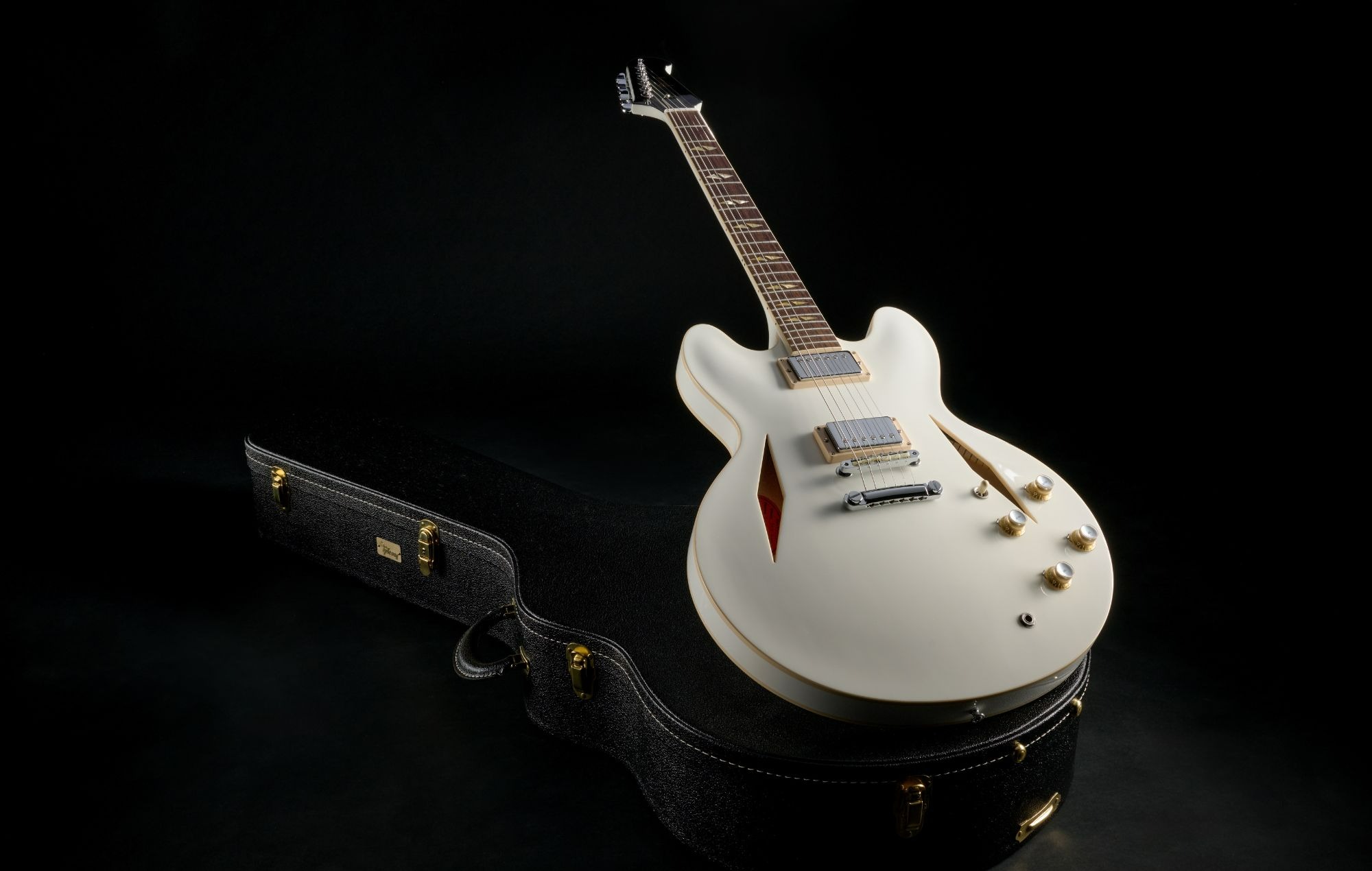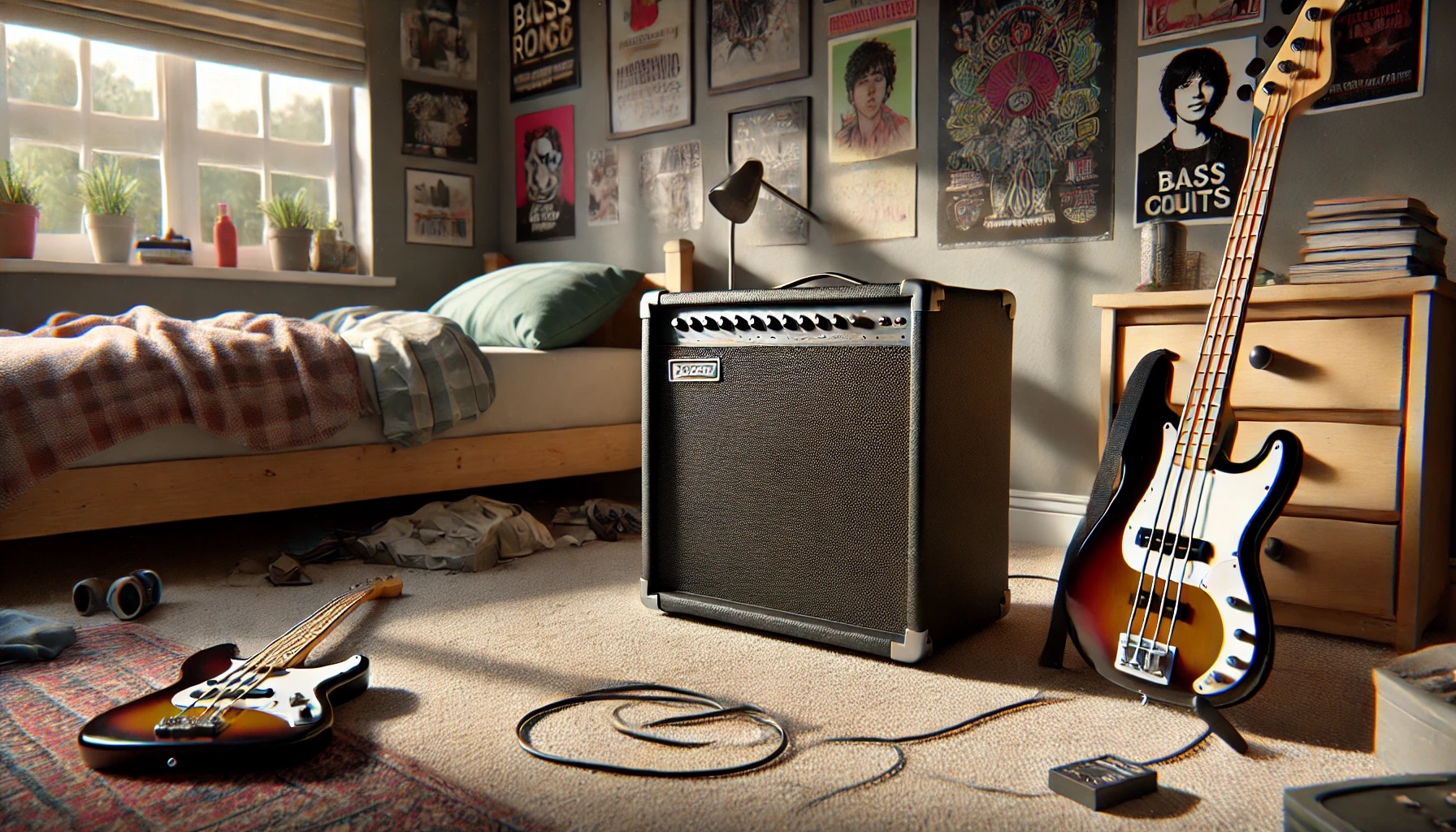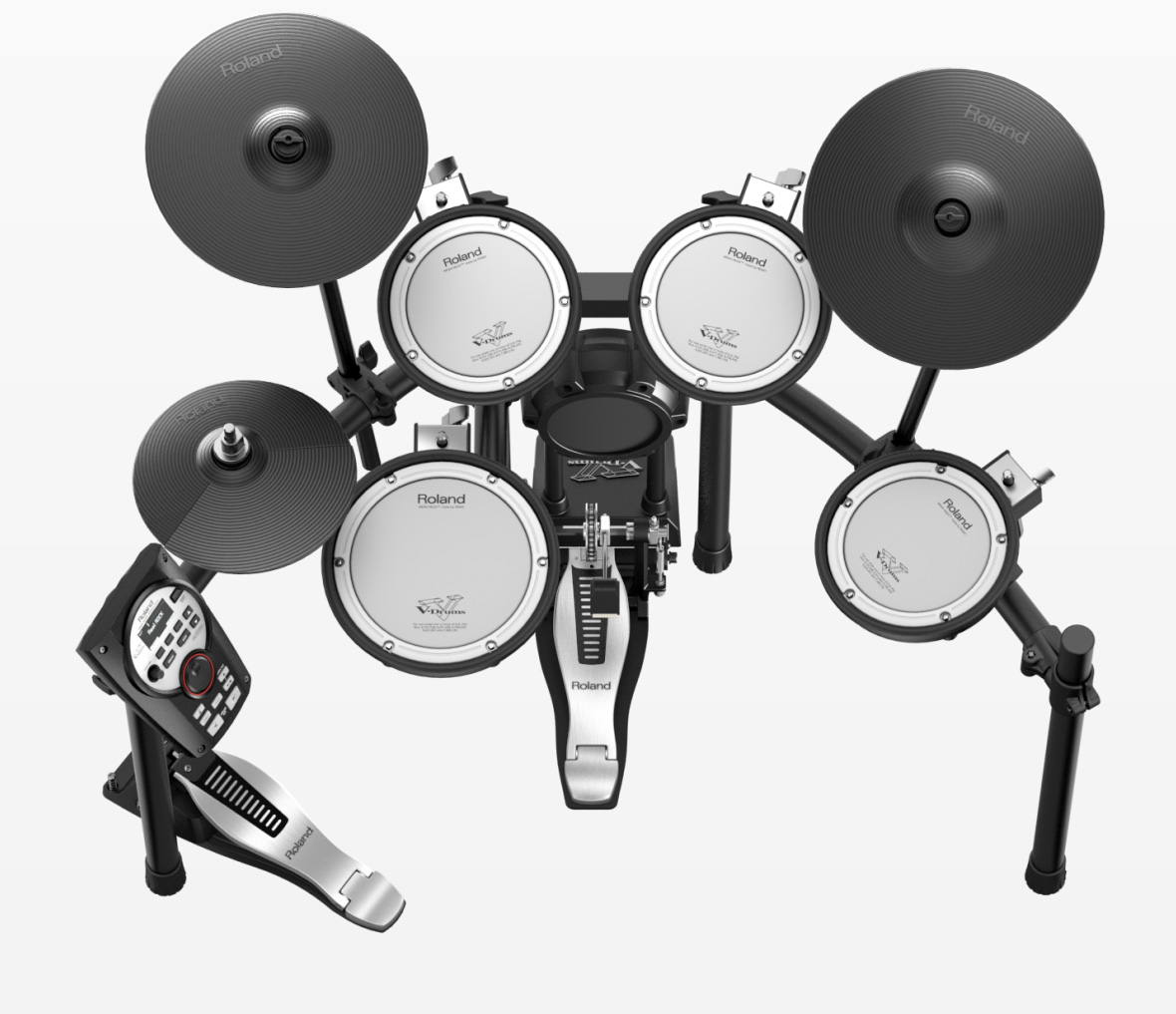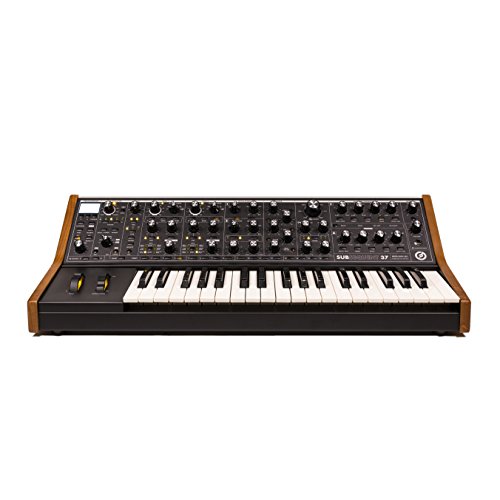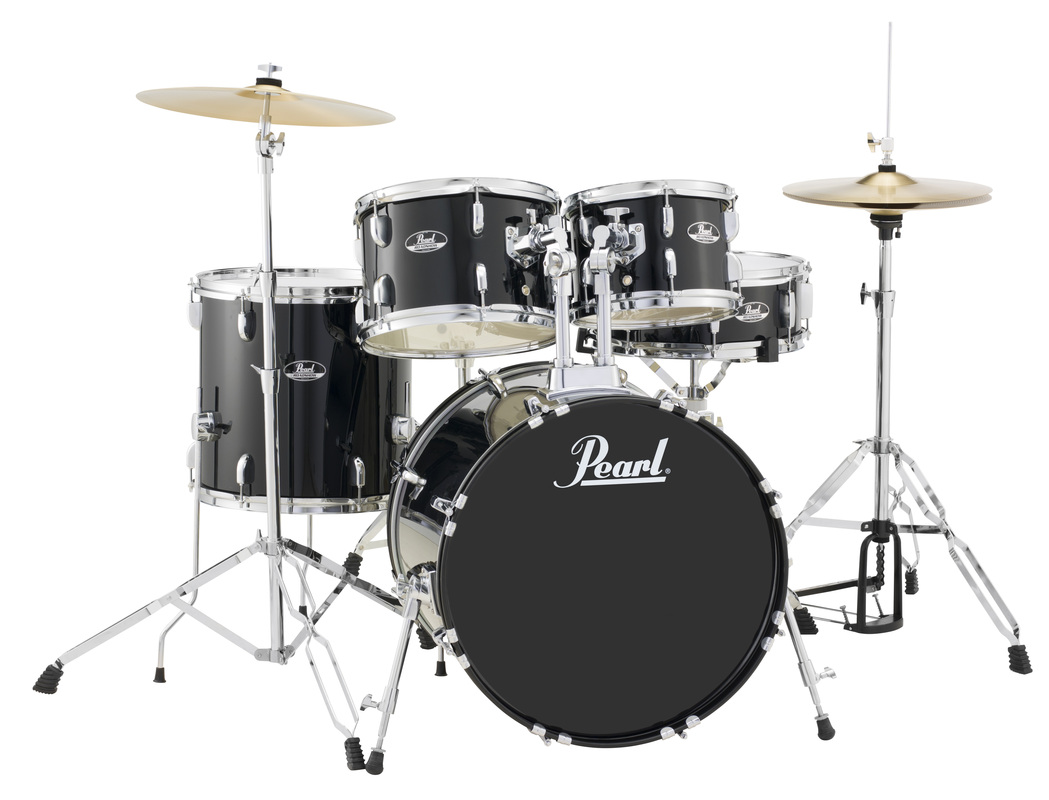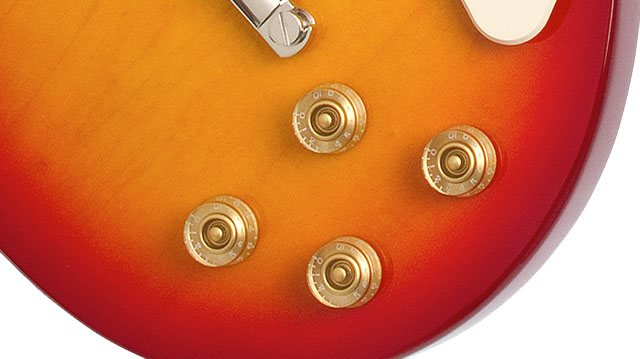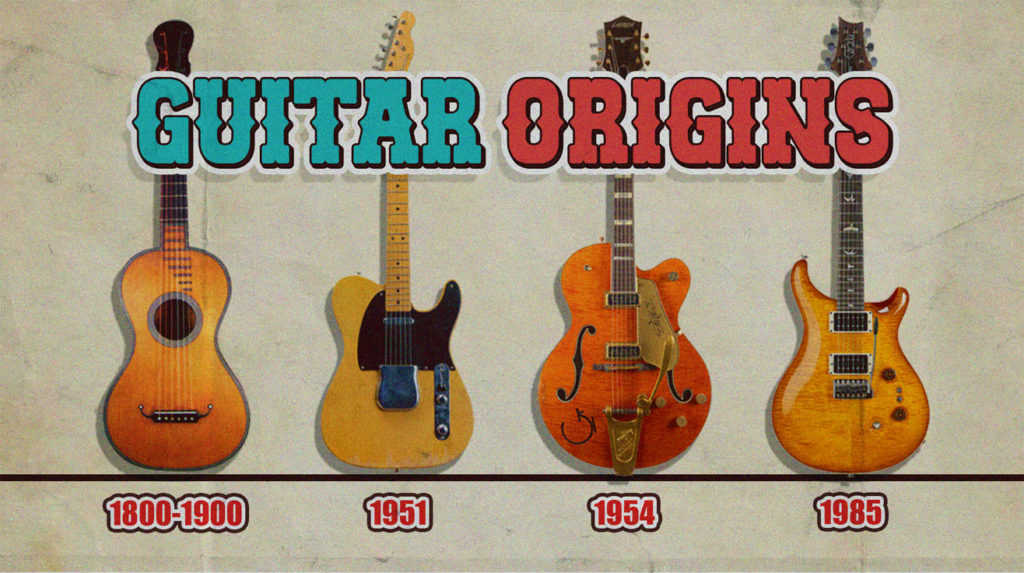
Music captivates the soul, yet instruments shape its very essence. Understanding guitar evolution unlocks a richer auditory experience for both listeners and players. This story isn’t merely about technological changes, but human creativity responding to musical needs across generations. From intimate parlor guitars to stadium-filling electric instruments, these evolutionary shifts reflect our changing relationship with music itself.
The 19th-Century Guitar: Intimate Parlor Companion (c. 1800-1900)
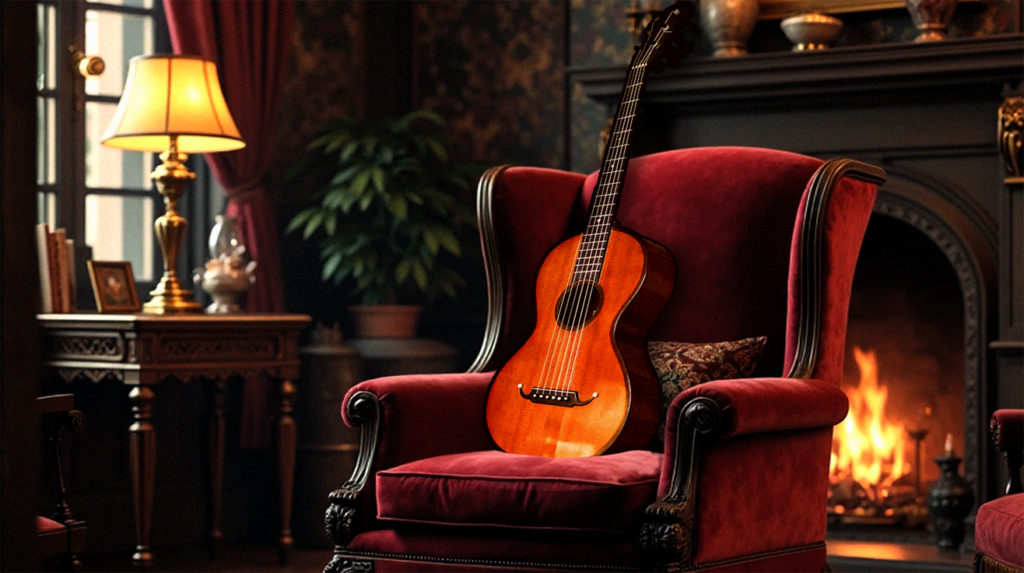
Unlike modern guitars built for projection, these elegant instruments thrived in Victorian-era parlors. Early 19th-century luthiers crafted these with a shorter 61 cm scale length, facilitating comfortable fingerpicking. The distinctive “mustache bridge” secured strings while contributing to mellow tonal characteristics. Technological advancements emerged gradually, including mechanical tuners that enabled more precise adjustments than earlier friction pegs.
These guitars produced an intimate, warm sound perfect for the classical compositions and folk melodies of the era. Their delicate voice stands in stark contrast to modern guitars’ projection. Players today who try these instruments often remark on their responsiveness to light touch – revealing new dimensions in familiar music.
Fender Stratocaster (1954): The Electric Revolution

Introduced as musicians craved more versatile electric sounds, the Stratocaster addressed nearly every limitation guitarists had encountered. Its solid-body construction allowed for seconds-long sustain while minimizing feedback problems at higher volumes. The ergonomically contoured double-cutaway gave players effortless access to all 21 frets, enabling previously impossible techniques.
Most innovative was the inclusion of three single-coil pickups with a new switching system. This configuration delivered unprecedented tonal versatility – five distinct sounds from piercing treble to rounder mid-tones. This versatility explains why musicians across genres from blues and country to rock, pop, and jazz embraced the Stratocaster. From Buddy Holly and Jimi Hendrix to Eric Clapton and John Mayer, generations of influential guitarists have made it their signature instrument.
Fender Telecaster (1951): The Original Electric Workhorse
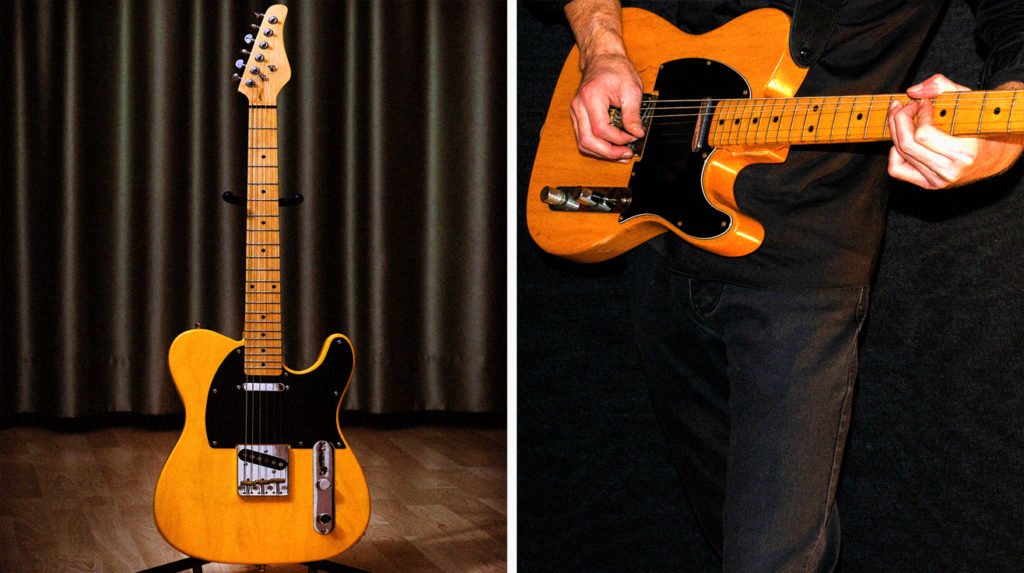
The Telecaster represents the first commercially successful solid-body electric guitar in history. Its straightforward single-cutaway solid body features two single-coil pickups that produce its distinctive voice – a bright, cutting “twangy” tone that defined early rock and roll, country, and rockabilly. This signature sound comes partly from its bridge pickup mounted on a steel plate that increases brightness and attack.
Working musicians celebrate the Telecaster’s no-nonsense design with minimal moving parts and solid construction that withstands decades of touring abuse while requiring minimal maintenance. Many vintage Telecasters from the 1950s remain in regular professional use today. Despite some limitations in tonal variety and comfort, the Telecaster’s unmistakable sound, reliability, and historical significance have cemented its position as an essential instrument in popular music.
Gibson Les Paul (1952): Sonic Power with Elegance
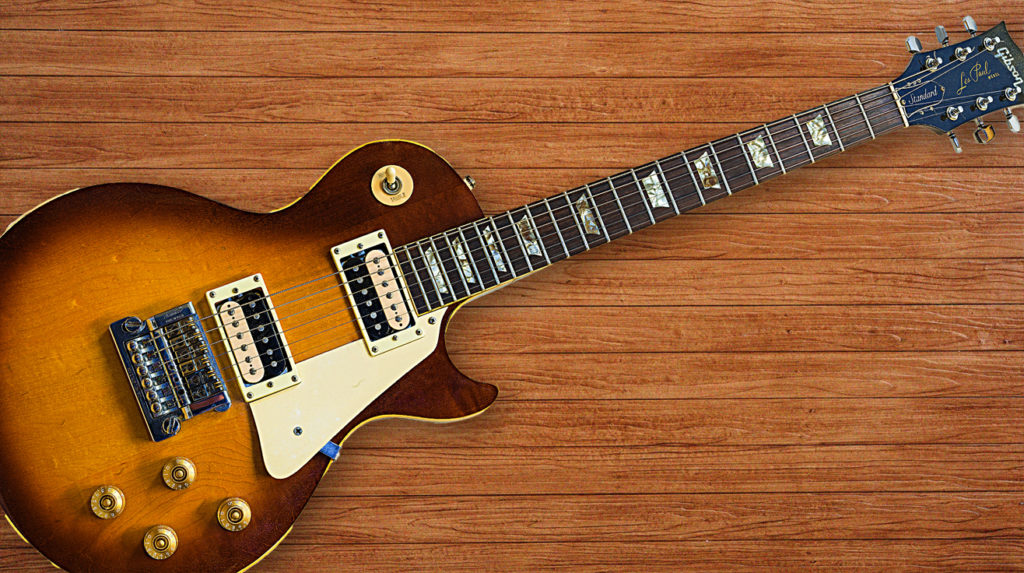
The Gibson Les Paul combined traditional craftsmanship with modern functionality. Its solid mahogany body topped with carved maple creates both visual elegance and tonal complexity. When Gibson added dual humbucking pickups in 1957, the Les Paul achieved its definitive voice: a powerful, thick sound with remarkable sustain that can hold notes three times longer than most hollow-body designs.
This sonic richness comes with tradeoffs – Les Pauls typically weigh between 9-12 pounds, significantly heavier than competitors. Despite this drawback, legendary players including Jimmy Page, Slash, and Peter Green embraced it specifically for its unmatched combination of power, sustain, and tonal character. The Les Paul has remained in continuous production for over 70 years, becoming as visually iconic as it is sonically influential.
Gibson ES-335 (1958): The Versatile Hybrid
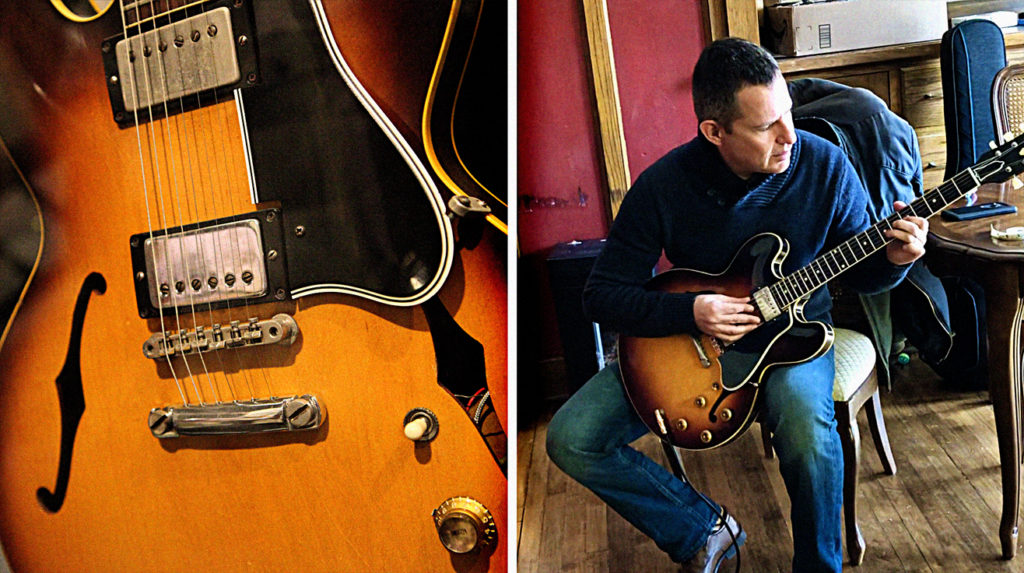
The Gibson ES-335 brilliantly solved a fundamental dilemma: how to combine hollow-body warmth with solid-body feedback resistance and sustain. Its innovative semi-hollow design features a solid maple center block running through an otherwise hollow maple body – combining two guitar types into one versatile instrument.
This hybrid construction creates balanced tones across the frequency spectrum. Low notes remain tight rather than boomy, while high notes sing with warmth that solid-body guitars typically can’t achieve. The double-cutaway allows players easy access to all 22 frets, facilitating lead playing that would be challenging on traditional hollow-body jazz guitars. At extreme volumes, the ES-335 can still generate feedback – a limitation some players actually harness creatively.
Rickenbacker 360/12 (1964): The Sound of the Sixties

The Rickenbacker 360/12 created a sound so distinctive it immediately evokes 1960s folk-rock and psychedelia. Unlike conventional 12-string guitars, Rickenbacker employs a unique string configuration that, combined with its semi-hollow maple body and specialized pickups, produces the instantly recognizable shimmering, “jangly” tone that defined countless classic recordings.
Roger McGuinn of The Byrds built entire songs around this distinctive chiming quality, while George Harrison’s use brought the sound to global prominence through Beatles recordings like “A Hard Day’s Night.” Despite being somewhat challenging to play (requiring nearly double the finger strength for clean fretting), the 360/12 remains highly sought after by collectors and musicians seeking its inimitable sound that evokes an entire musical era.
Martin D-28 (1931): The Acoustic Benchmark

The Martin D-28 stands as perhaps the most influential acoustic guitar ever created. Its dreadnought body design was revolutionary – significantly larger than traditional models and approximately 40% louder. The combination of Sitka spruce top with rosewood back and sides creates an acoustic voice with powerful bass, pronounced midrange, and crystalline highs.
The guitar’s X-bracing pattern allows the top to vibrate freely while maintaining structural integrity under significant tension. For nearly a century, professional musicians from Hank Williams and Johnny Cash to Neil Young and Joni Mitchell have turned to the D-28 as their primary acoustic instrument. Its fundamental design has been copied by virtually every acoustic guitar manufacturer worldwide, cementing its status as the archetypal modern steel-string acoustic guitar.
Gretsch 6120 (1954): Rockabilly’s Resonant Voice
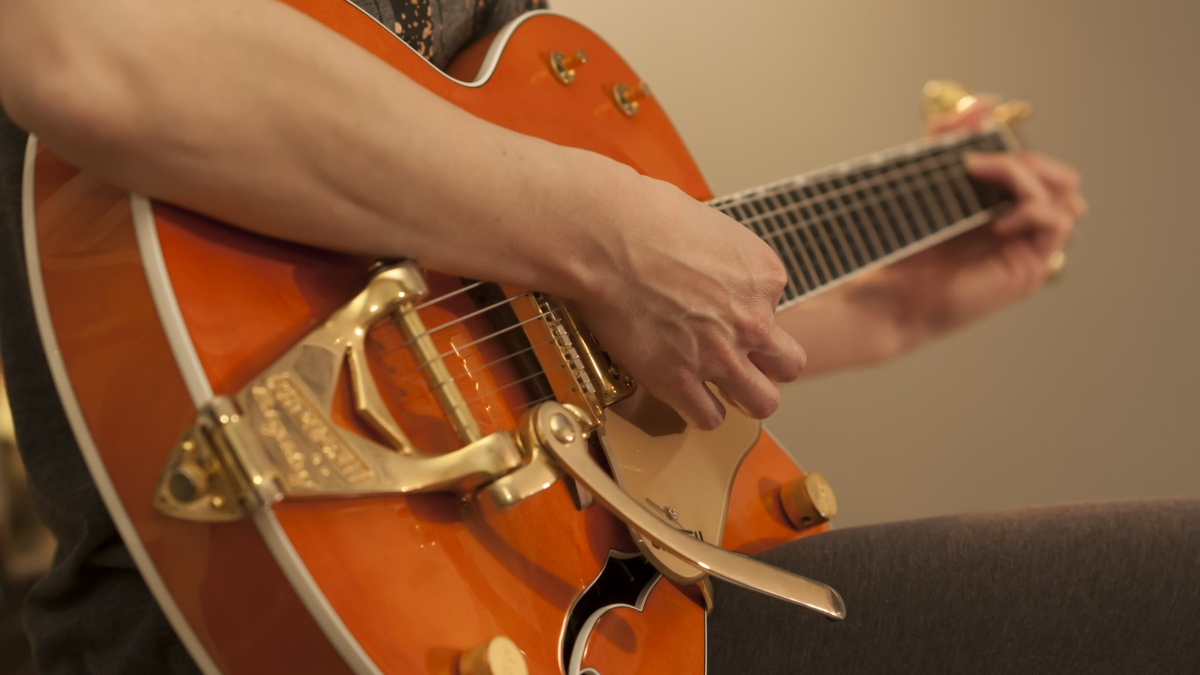
The Gretsch 6120 stands as one of the most visually distinctive electric guitars with its flamboyant western aesthetic – orange finish, western-themed inlays, and branded “G” logo. More significant is its unique sonic character. The fully hollow maple body creates a resonant tone blending acoustic warmth with electric punch. When fitted with Filter’Tron humbucking pickups in 1957, it acquired its signature “twang” with remarkable clarity that cuts through any mix.
The standard Bigsby vibrato enables subtle pitch modulation effects essential to rockabilly and early rock techniques. While initially endorsed by Chet Atkins, the 6120 found its true home in rockabilly and early rock and roll with players like Eddie Cochran and Duane Eddy. From Brian Setzer to modern Americana artists, the 6120’s distinctive voice remains instantly recognizable nearly 70 years after its introduction.
PRS Custom 24 (1985): The Modern Hybrid Masterpiece

The PRS Custom 24 represents the first truly modern electric guitar – integrating the best elements from classic instruments into something entirely new. It combines a mahogany body and carved maple top with a 25-inch scale length that splits the difference between Gibson and Fender dimensions. Its 24-fret neck provides a full two-octave range on every string, while the proprietary tremolo offers impressive tuning stability.
PRS developed distinctive humbucking pickups that offer clarity without harshness. The five-way selector with coil-tapping provides tonal versatility spanning from Gibson-like warmth to Fender-like sparkle. Carlos Santana’s early adoption gave the brand visibility, but the Custom 24’s reputation grew through exceptional playability and build quality. It essentially created the “boutique guitar” market by demonstrating that players would pay premium prices for genuine innovation rather than vintage replication.
Ibanez RG Series (1987): Shredder’s Speed Machine
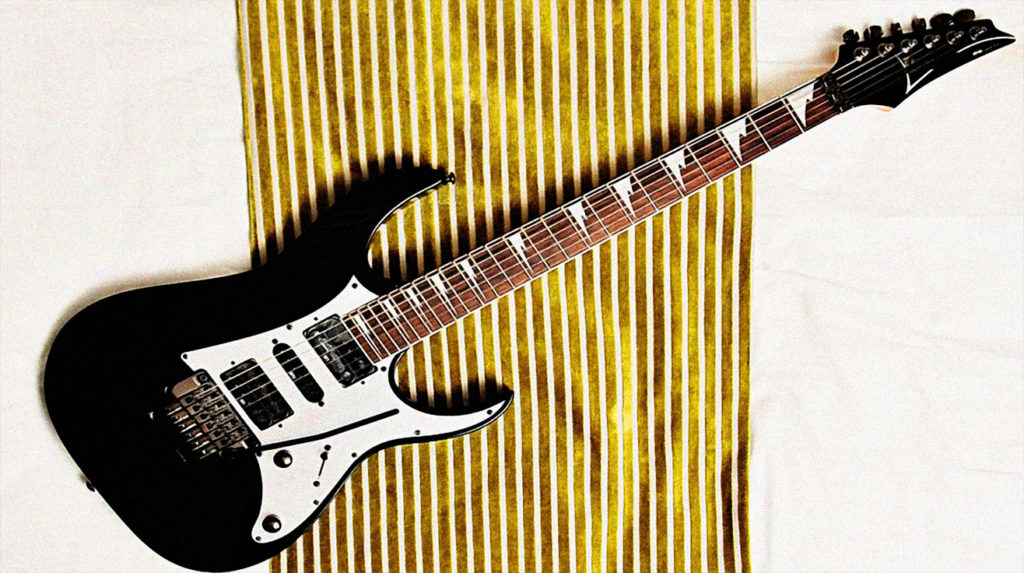
As virtuosic metal and rock guitar playing evolved through the 1980s, Ibanez responded with the RG Series – instruments specifically engineered for maximum speed. Its defining feature is the remarkably thin “Wizard” neck profile – approximately 25% thinner than traditional necks. Combined with a flat fingerboard radius and jumbo frets, this enables lightning-fast legato playing, sweep picking, and two-handed tapping techniques.
Most RG models feature a double-locking tremolo system allowing extreme vibrato effects while maintaining tuning. The typical pickup configuration includes dual humbuckers with a single-coil between, providing access to seven distinct tonal combinations. Players like Steve Vai and Joe Satriani demonstrated the RG’s capabilities, helping it become Ibanez’s best-selling series. Its focus on playability and ergonomics has influenced virtually every manufacturer’s approach to performance-oriented electric guitars.










